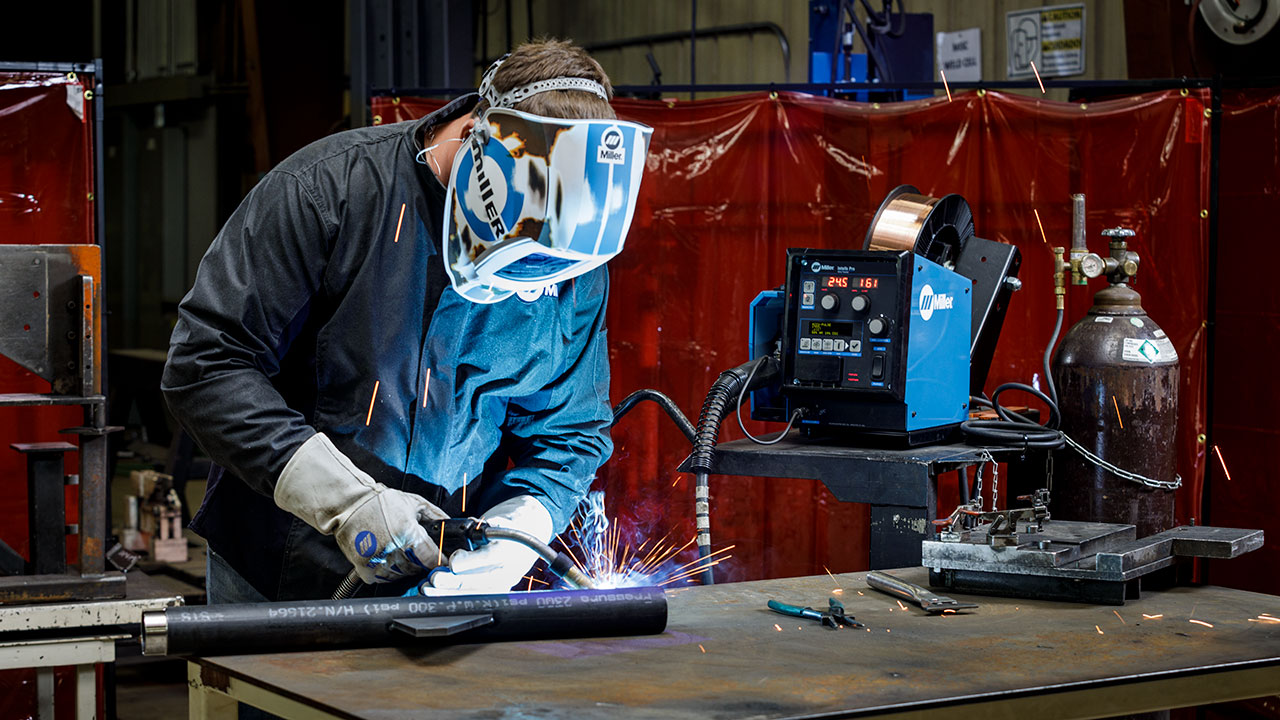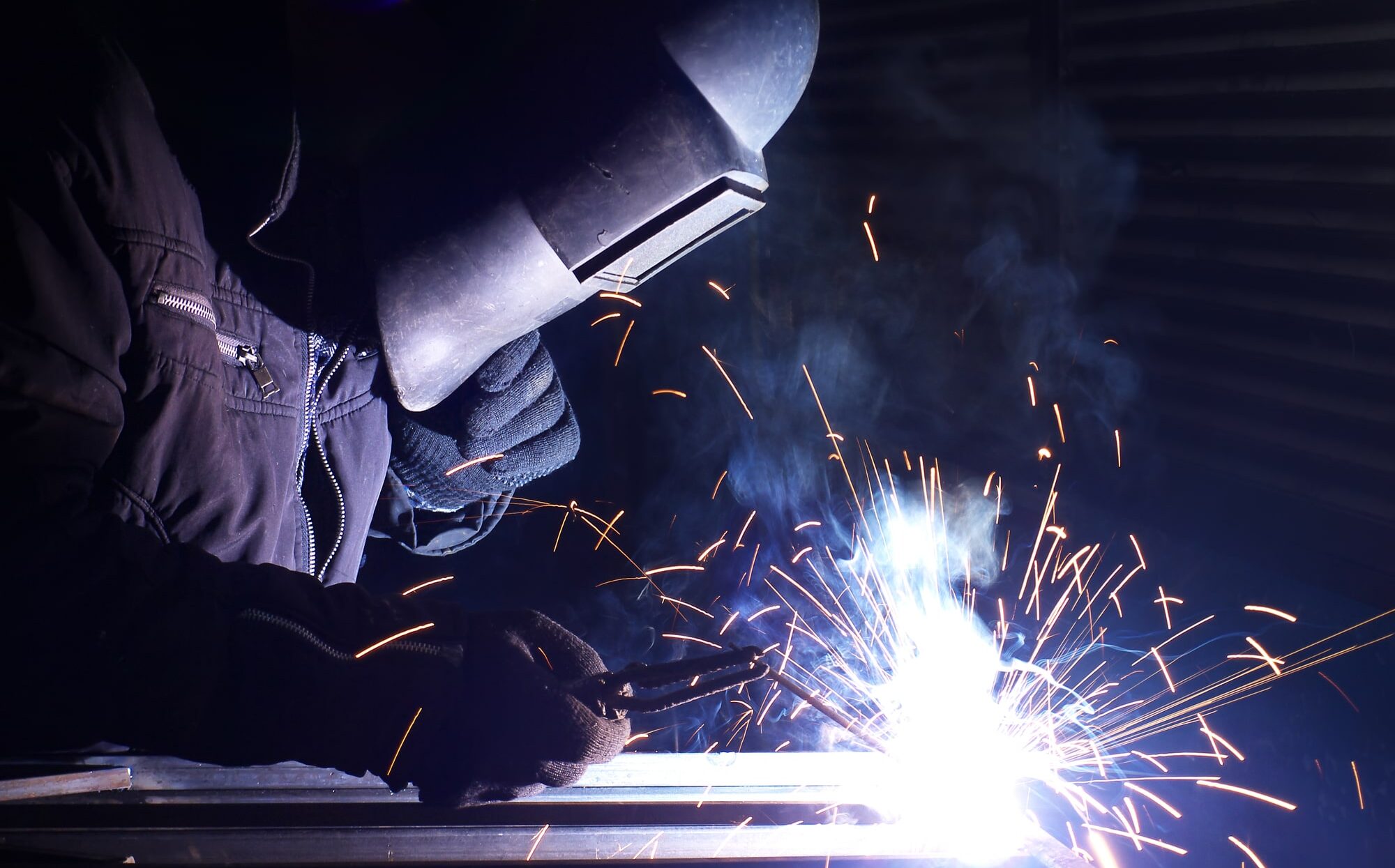The Value of Welding WPS: Making Sure Top Quality and Security in Your Jobs
The Value of Welding WPS: Making Sure Top Quality and Security in Your Jobs
Blog Article
The Ultimate Guide to Welding WPS Procedures: A Comprehensive Review for Welders
In the detailed world of welding, Welding Procedure Specs (WPS) offer as the backbone of ensuring top quality, uniformity, and security in welding procedures (welding WPS). As we dig into the numerous elements of a WPS and explore the ins and outs of credentials and accreditation, we will certainly reveal the vital duty these procedures play in the realm of welding.
Importance of WPS Procedures
Understanding the significance of Welding Treatment Requirements (WPS) treatments is critical for making certain the top quality and stability of bonded structures. WPS procedures serve as a roadmap for welders, describing the necessary actions, parameters, and materials needed to attain an audio weld. By sticking to WPS standards, welders can guarantee consistency in their work, leading to structurally audio and dependable welds.
Among the key reasons that WPS treatments are necessary is their function in keeping weld quality and stability. Complying with the specified welding parameters and techniques detailed in the WPS helps stop problems such as porosity, splitting, or incomplete fusion, which can endanger the strength and longevity of the weld. Additionally, WPS treatments are crucial for making sure compliance with market criteria and codes. By adhering to well established WPS standards, welders can show that their work satisfies the necessary demands for safety and high quality, giving assurance to customers, assessors, and governing bodies. In significance, the significance of WPS procedures can not be overstated, as they are essential to attaining constant, top quality welds that fulfill sector standards and specifications.

Components of a WPS
A Welding Treatment Spec (WPS) typically consists of important elements that information the particular needs for implementing a weld, guaranteeing consistency and top quality in the welding process. The crucial elements of a WPS include vital variables such as base steels, filler metals, preheat and interpass temperature levels, welding processes, protecting gases, welding positions, and post-weld warmth treatment requirements.
Base steels describe the materials being signed up with, while filler metals are utilized to fill the space between the base metals during welding. Preheat and interpass temperatures are important for managing the heat input and stopping issues like cracking or distortion. The welding process outlines the specific strategy to be used, whether it's gas metal arc welding (GMAW), secured metal arc welding (SMAW), or an additional method. Protecting gases shield the weld pool from climatic contamination. Welding placements specify the orientations in which welding can be done. Post-weld warm therapy may be necessary to alleviate anxieties and boost the weld's homes. A thorough understanding of these elements is important for developing a efficient and comprehensive WPS.

Credentials and Qualification
Having developed the essential elements of a Welding Treatment Requirements (WPS), the focus currently changes in the direction of the essential elements of credentials and accreditation in welding methods.

Certification, on the various other hand, is the official acknowledgment of a welder's credentials by a relevant qualification body or organization. Welding accreditations are typically based on the certain welding processes, materials, and placements a welder is qualified to go to this website collaborate with. Holding a legitimate welding qualification shows that a welder meets sector requirements and is skilled to do welding tasks to the required requirements.
Producing a WPS
To establish a Welding Treatment Specification (WPS) that fulfills sector requirements, mindful factor to consider of welding procedures, materials, and functional parameters is important. The initial action in developing a WPS is to recognize the welding procedure to be used, such as gas metal arc welding (GMAW) or shielded steel arc welding (SMAW)

Carrying Out and Monitoring WPS
Upon completing the thorough Welding Procedure Requirements (WPS) that diligently information welding procedures, products, functional criteria, and quality assurance steps, the emphasis changes to successfully executing and checking the well-known treatments. Execution entails guaranteeing that all welders associated with the task recognize with the WPS and follow it diligently throughout the welding procedure. This needs providing sufficient training and guidance to guarantee adherence to the specified procedures. Keeping track of the WPS involves constant oversight to confirm that welding activities straighten with the recorded requirements. Evaluations, testing, and quality control measures are crucial elements of the tracking procedure to determine any type of issues or variances quickly. Routine audits and evaluations of the welding procedures aid in preserving uniformity and quality throughout the task. Reliable execution and monitoring of the WPS are vital for ensuring the stability, strength, and security of the bonded joints, eventually adding to the general success of the welding project.
Conclusion
To conclude, understanding and complying with Welding Procedure Requirements (WPS) is essential for welders to make certain high quality, consistency, and security in their job. By recognizing the components of a WPS, obtaining appropriate certifications and accreditations, developing thorough treatments, and implementing and checking them successfully, welders can improve their abilities and website here proficiency in welding practices. Following WPS treatments is important for generating top notch welds and meeting industry requirements.
In the detailed globe of welding, Welding Procedure Specs (WPS) offer as the backbone of ensuring top quality, uniformity, and security in welding operations. The welding process lays out the particular method to be used, whether it's gas steel arc welding (GMAW), protected steel arc welding (SMAW), or an additional approach.To develop a Welding Treatment Specification (WPS) that fulfills industry standards, cautious factor to consider of welding procedures, products, and functional specifications is important. The initial action in developing a check out here WPS is to determine the welding process to be made use of, such as gas steel arc welding (GMAW) or secured metal arc welding (SMAW)Upon settling the comprehensive Welding Treatment Requirements (WPS) that thoroughly details welding processes, materials, functional specifications, and quality guarantee steps, the focus shifts to effectively implementing and keeping an eye on the well-known treatments.
Report this page